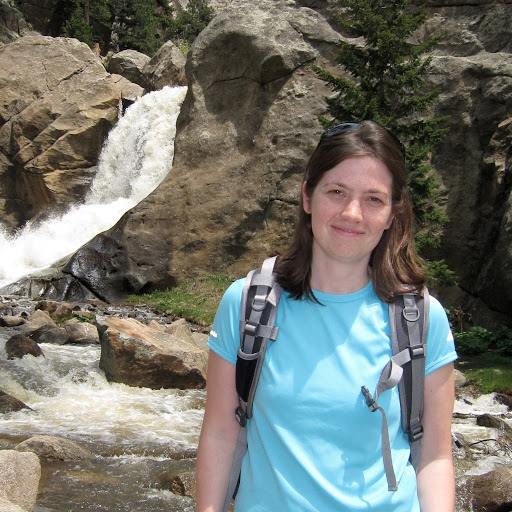The complex mixture of organic molecules in streams and rivers holds clues about a wide variety of natural and human processes occurring within watersheds. By determining the identity and origin of these molecules, the scientists in the Organic and Isotope Geochemistry Group can both expand scientific understanding of natural cycles of energy (carbon) and nutrients within the ecosystem and inform decision-makers about the sources and impact of human contamination on water quality.
Organic and Isotope Geochemistry Staff
Organic and Isotope Geochemistry News
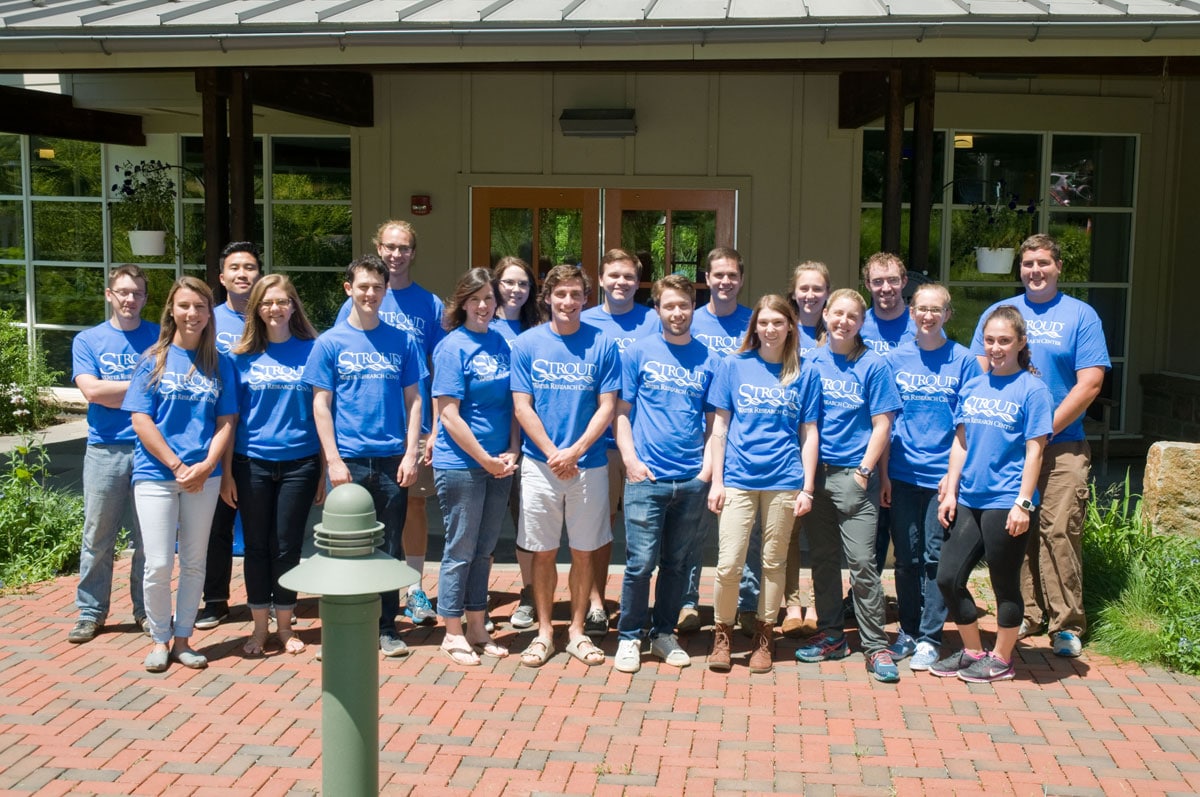
Welcome Summer Interns!
Stroud Center's internship program, now in its 44th year, has ushered through hundreds of interns who have come in search of meaningful work.

Rivers Are Not Pipes
Third article in a series about an international team of scientists following the transformation of river-borne carbon from the sources of the Fly River in Papua New Guinea to its
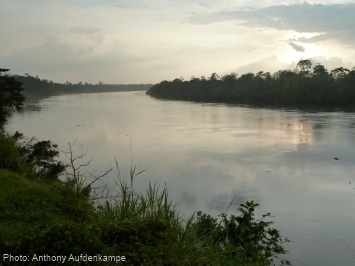
Unearthing Buried Treasure in Papua New Guinea
Second article in a series about an international team of scientists following the transformation of river-borne carbon from the sources of the Fly River in Papua New Guinea to its
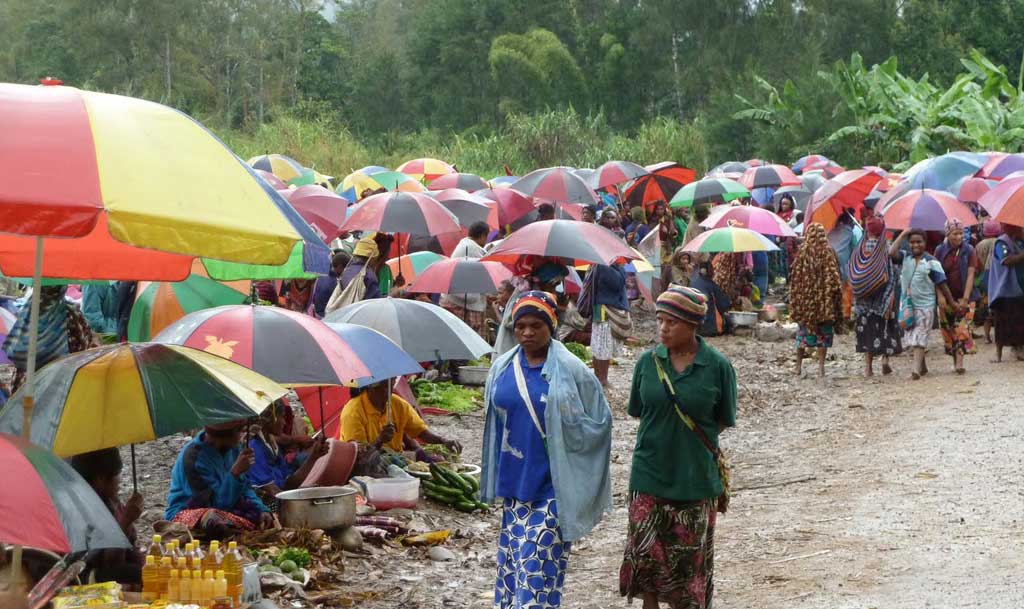
Pursuing Science Half a World Away: The Fly River in Papua New Guinea
First article in a series about an international team of scientists following the transformation of river-borne carbon from the sources of the Fly River in Papua New Guinea to its
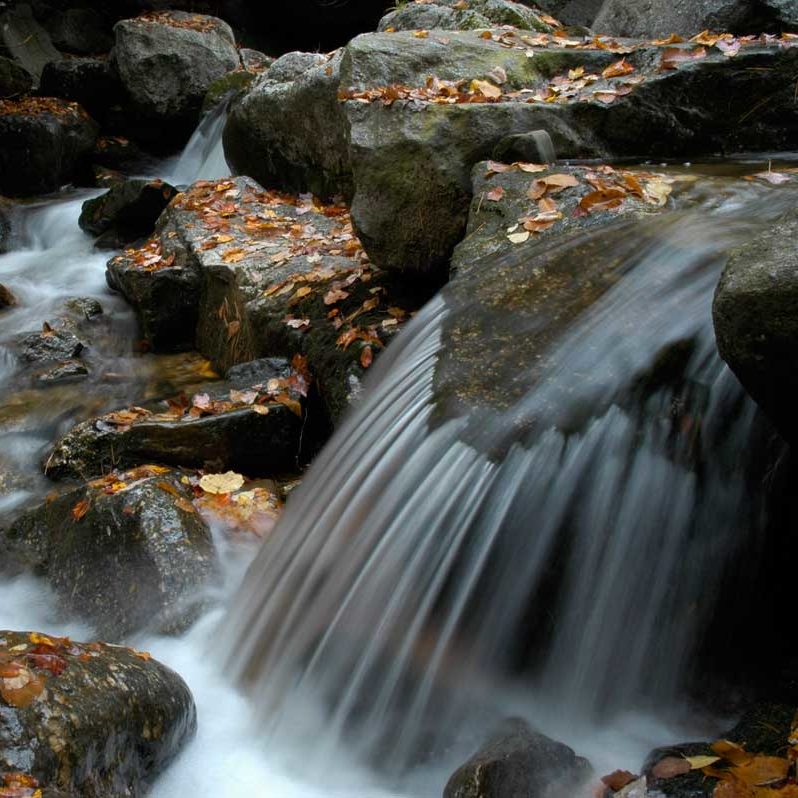
Probe: Pharmaceuticals In Drinking Water
The Stroud Water Research Center, in Avondale, Pa., has measured water samples from New York City's upstate watershed for caffeine, a common contaminant that scientists often look for as a
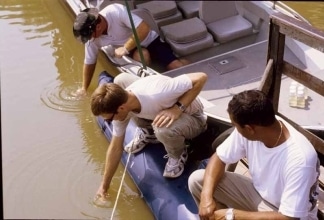
Amazon Source of 5-Year-Old River Breath
Most of the carbon being outgassed as carbon dioxide from Amazonian rivers and wetlands has spent a mere five years sequestered in the plants and soils of the surrounding landscape.

